Can we trust Google Cloud Load Balancing?
Xebia
APRIL 12, 2023
With Cloud getting a more prominent place in the digital world and with that Cloud Service Providers (CSP), it triggered the question on how secure our data with Google Cloud actually is when looking at their Cloud Load Balancing offering. The others merely process and forward the requests.

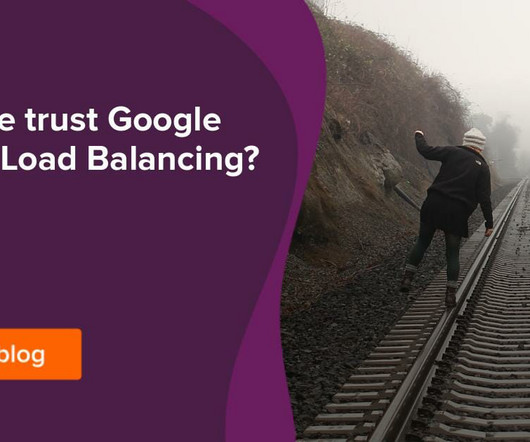


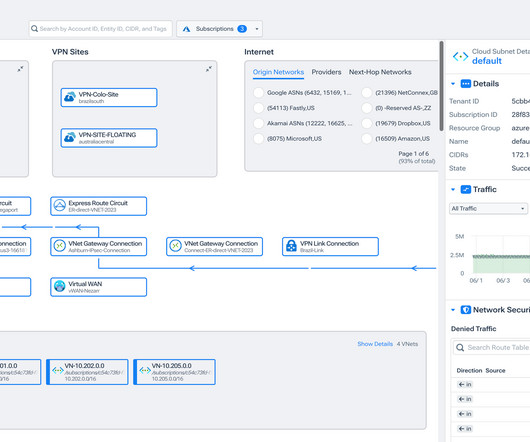

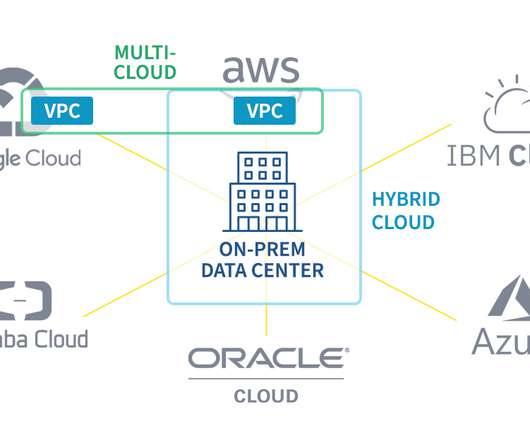


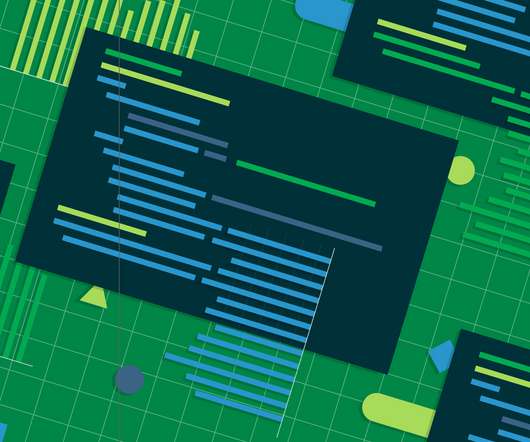

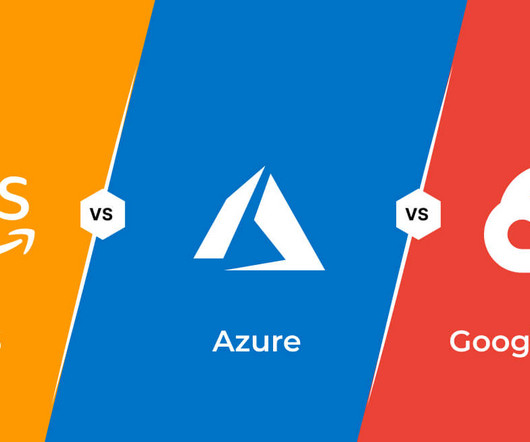


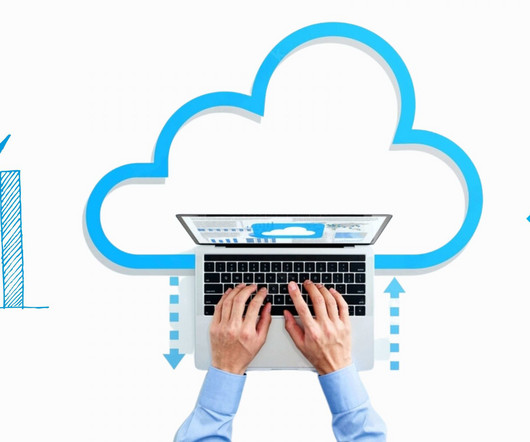

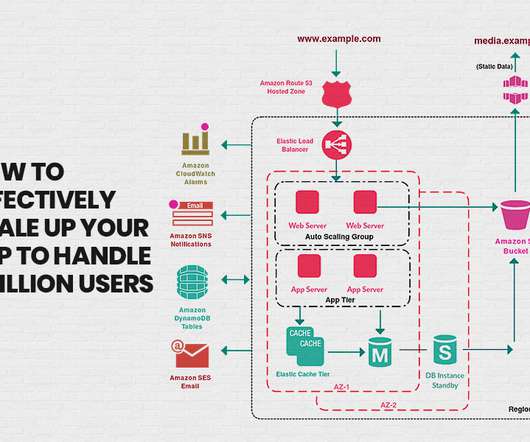
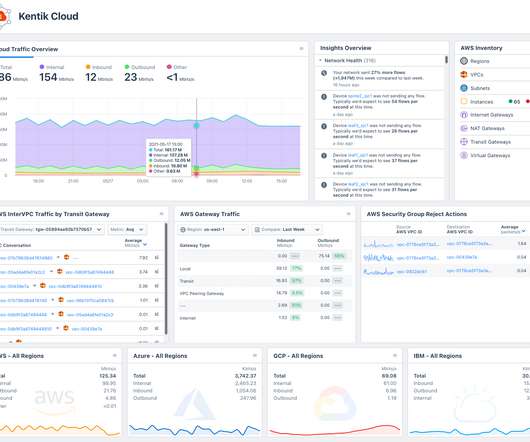









Let's personalize your content